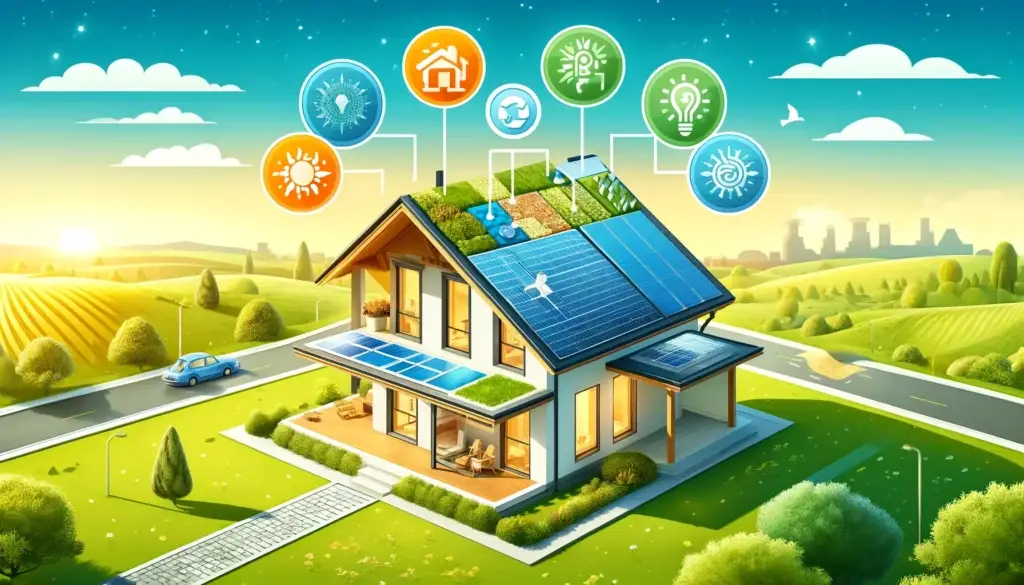Phone:
(925) 392 8321
Physical address:
3478 Buskirk Ave Suite 1000, Pleasant Hill,
CA 94523, United States

When it comes to enhancing your home’s energy efficiency, your choice of roofing material plays a crucial role. Energy-efficient roofing solutions not only reduce your carbon footprint but also help you save on utility bills. Let’s explore the best roofing materials and installation techniques that can make your home more energy-efficient.
Best For: Hot and sunny climates
Overview: Cool roofs are designed to reflect more sunlight and absorb less heat than standard roofs. They can significantly reduce cooling costs in hot climates.
Materials:
Installation Tips:
Best For: All climates, especially areas with high solar exposure
Overview: Metal roofing is highly reflective and can significantly reduce cooling costs. It is also durable and long-lasting, making it a great investment for energy efficiency.
Materials:
Installation Tips:
Best For: Hot and arid climates
Overview: Tile roofs, especially those made from clay or concrete, are excellent at reflecting heat and providing insulation. They are particularly effective in hot climates.
Materials:
Installation Tips:
Best For: Moderate climates
Overview: Traditional asphalt shingles can be modified with cool roof technology to reflect more sunlight and absorb less heat.
Materials:
Installation Tips:
Best For: Urban areas and eco-friendly buildings
Overview: Green roofs, or living roofs, consist of a layer of vegetation planted over a waterproofing system. They provide excellent insulation and help reduce urban heat islands.
Materials:
Installation Tips:
Regardless of the roofing material you choose, certain installation techniques can further enhance your roof’s energy efficiency:
1. Proper Insulation:
2. Ventilation:
3. Reflective Coatings:
Investing in energy-efficient roofing materials and employing proper installation techniques can drastically reduce your utility bills and enhance your home’s comfort. Cool roofs, metal roofing, tile roofing, asphalt shingles with cool technology, and green roofs are all excellent options depending on your climate and preferences. By choosing the right materials and ensuring proper installation, you can enjoy a more energy-efficient and eco-friendly home.
